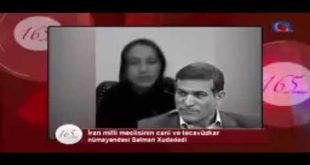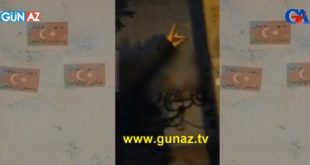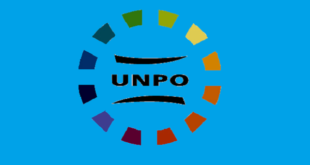Khojaly Massacre: One Woman’s Story Of Survival And Healing-By Durdane Agayeva
This time of year, we remember the Holocaust – the genocides in Bosnia, Cambodia, Rwanda and sadly, many other places. We remember the faces of the victims and the stories so horrible that hearing them can make one feel sick. And with all this to remember, there are still tragedies that are lesser known, crimes against humanity so horrific that many would argue it is impossible that they occurred in such recent history. Yet I am a survivor of such a tragedy the Khojaly Massacre of 1992, and one of the female survivors and witnesses of the Khojaly torture camp.
As a woman and a Muslim, it is extremely painful to reconcile the horrible trauma of Khojaly with my faith and traditional culture, and my shame from suffering violations of the most fundamental components of my identity. As a survivor of torture, I spent years in isolation at home, watching films about the Holocaust – the only lens that captures anything relative to what I experienced. I spent sleepless nights soothing myself out of panic with Schindler’s List and The Pianist. Living in that solitary world with films and nightmares was almost as tragic as the reasons for which I lived there.
My life hung somewhere in the balance of total isolation mixed with the severity of ongoing and extensive surgeries to recover my body from the brutality of torture and the impact of exposure during my captivity, procedures such as receiving titanium spinal implants, with every second of this process and pain a reminder of its cause.

I come from the town of Khojaly in Nagorno Karabakh, a region of North Azerbaijan once flourishing and promising for my young generation at the time. In the early 1990’s, all of that suddenly changed. Most of the world doesn’t even know the name of Khojaly, or that Armenia perpetrated one of the most brutal massacres in recent history against a terrified, fleeing Azerbaijani populace. The night (Feb. 25-26, 1992) the Massacre began, I ran for my life with my brother, into the freezing woods, and got captured and taken to the torture camp. I was only 20 years old…
With dark irony, I understand why Armenia still denies that Khojaly happened. I understand this because I will never shake the images of a 2 year old Azerbaijani child, shot while fleeing with his parents, his blood spattered body suspended in my memory as if in the air for that moment of gruesome impact. How could anyone face the taking of hundreds of innocent lives, the bayoneting of pregnant women and elderly, the showering of fatal bullets onto fleeing children, and mothers holding their lifeless infants? As a victim, facing my past has nearly broken me, so I imagine that as perpetrators, denial must be of tangible comfort.
As a Muslim woman, there is a certain and unspeakable pain I feel in explaining to the public that I was subjected to brutal torture and humiliation, including rape, for many days in the Armenian captivity. Sharing this has been a tragedy for my soul, separate from the cruelties my body suffered. But I realize that by sharing it, I can live beyond the shadows of shame and step into the light of my own healing.


